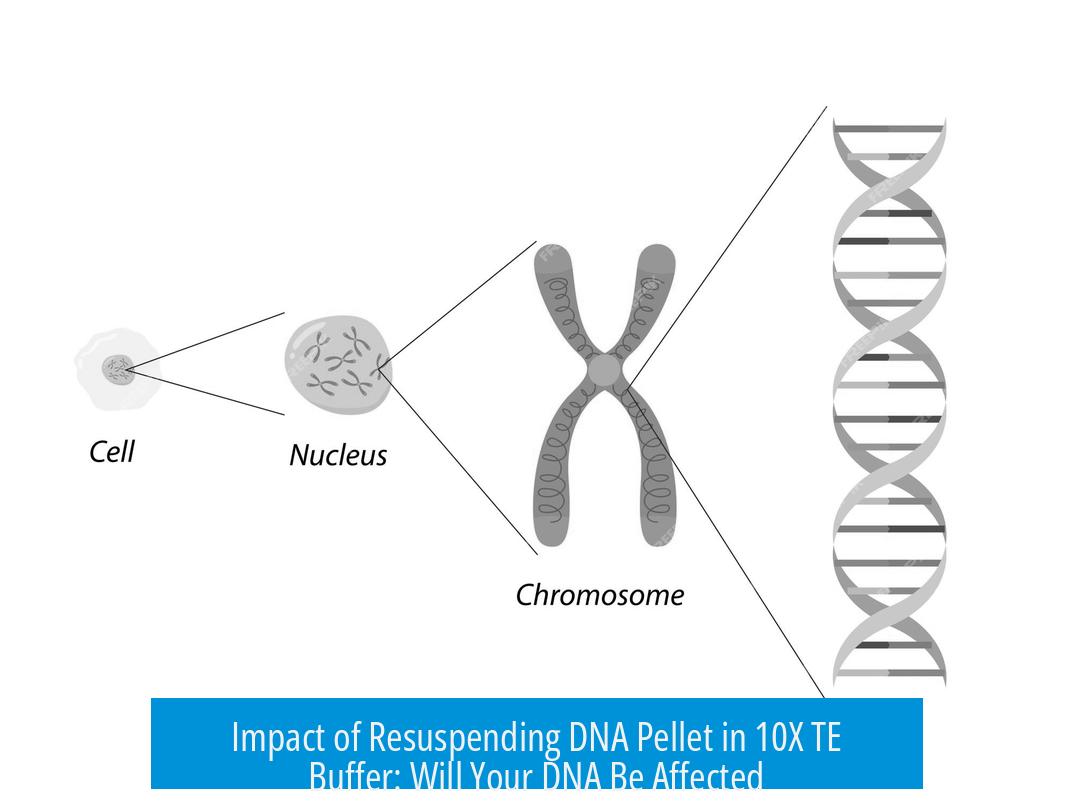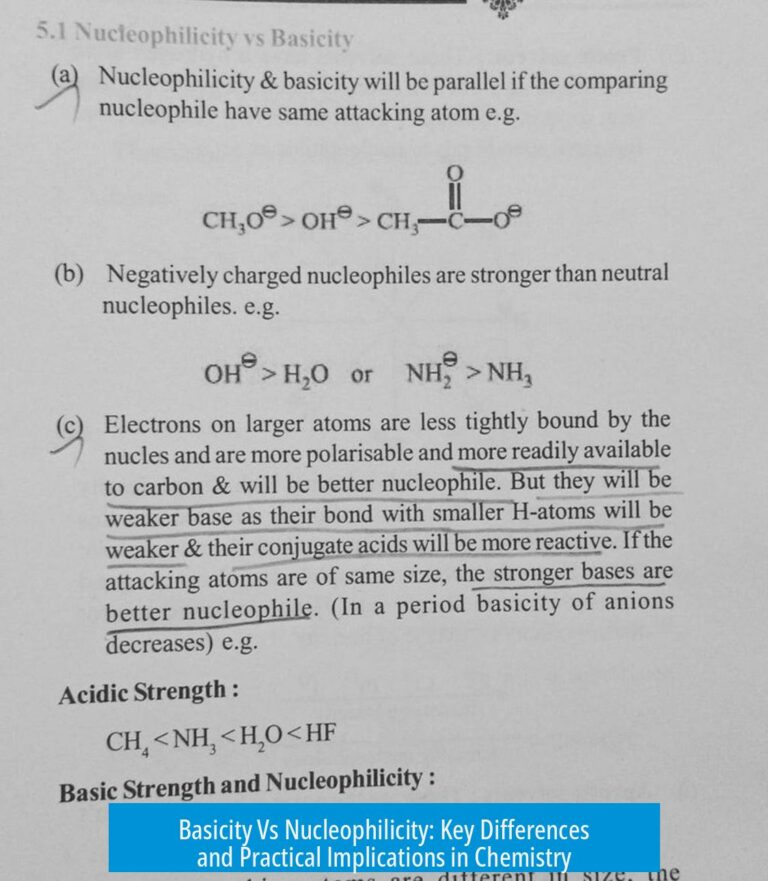Impact of Resuspending DNA Pellet in 10X TE Buffer
Resuspending a DNA pellet in 10X TE buffer generally does not damage the DNA, but it can affect downstream applications. The buffer contains EDTA, which chelates divalent metal ions like Mg2+. This interference may inhibit enzymes used in reactions such as PCR or restriction digests. For basic storage or gel electrophoresis, DNA integrity is maintained and results are unaffected.
Why EDTA Matters
EDTA’s chelation binds essential ions that serve as cofactors for many enzymes. Without these ions, enzymatic processes can fail or yield suboptimal results. Some PCR buffers tolerate low EDTA concentrations, but high levels from 10X TE can cause inhibition.
Mitigating EDTA Effects
Dilution Strategy
- Dilute the DNA in water to reduce EDTA concentration.
- Increase the reaction volume, for example tenfold, to minimize EDTA impact.
- Try doubling the PCR volume if amplification efficiency drops.
Re-precipitation and Cleanup
- Perform ethanol precipitation to remove EDTA, then resuspend DNA in water or a low-EDTA buffer.
- Use SPRI bead purification (e.g., AMPure XP) for efficient buffer exchange without lengthy procedures.
- Run the DNA through PCR cleanup columns or spin concentrators to replace 10X TE with a suitable buffer.
Suitability for Different Applications
- Gel electrophoresis: no negative effect since no enzymes are involved.
- Enzymatic reactions (PCR, restriction digestion): possible inhibition from EDTA.
- Sequencing or cloning: better to remove excess EDTA for higher success rates.
Summary
- DNA in 10X TE buffer remains intact but EDTA may hinder enzymatic reactions.
- Dilution or increasing reaction volume can mitigate EDTA effects in PCR or digestion.
- Re-precipitation or bead-based cleanups are effective to switch buffer.
- Gel visualization is unaffected by 10X TE buffer presence.
- Choose cleanup method based on downstream application sensitivity.





Leave a Comment